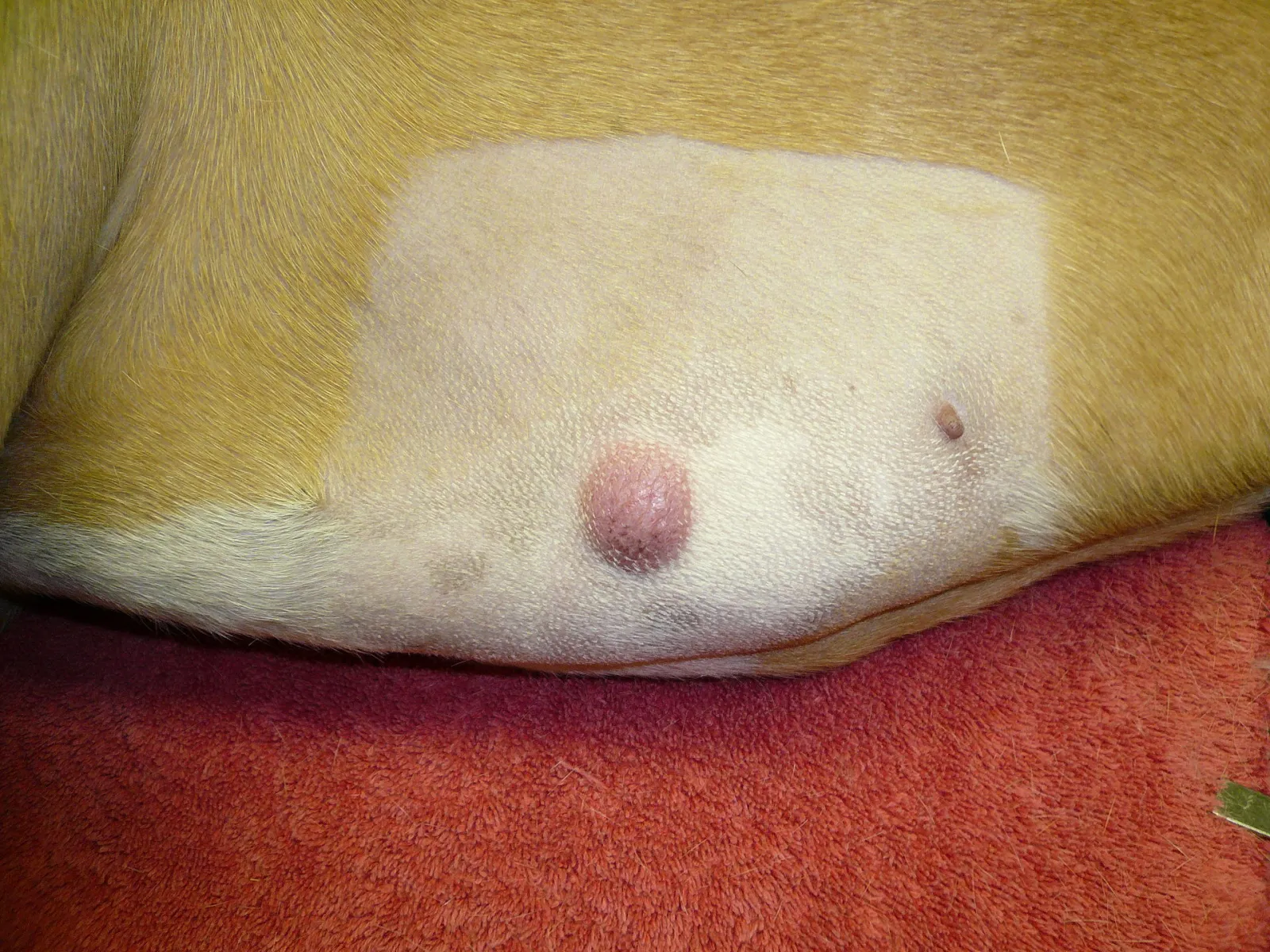What Are Canine Mast Cell Tumors?
Understanding Canine Mast Cell Tumors
- Mast cell tumors in dogs are common skin cancers that can spread throughout the body.
- Early diagnosis and tumor grading are essential to determine the appropriate treatment.
- Get detailed insight into symptoms, diagnostic methods, and treatment options for canine mastocytomas.

What Are Canine Mast Cell Tumors?
When it comes to dogs, few words are as unsettling as "tumor." One of the most common types of tumors affecting canines is mastocytoma in dogs, or canine mast cell tumor (MCT). These tumors originate from mast cells, which are a type of white blood cell involved in allergic reactions. Mast cell tumors can appear anywhere on your dog's skin, but they can also occur internally. While some MCTs are relatively benign, others can be more aggressive and life-threatening. Understanding the nature of mast cell tumors, including their symptoms, diagnostic methods, and treatment options, is crucial for any pet owner.
What Is a Canine Mast Cell Tumor?
A mastocytoma in dogs is a type of cancer that originates from mast cells, which are found in various parts of the body, primarily in the skin. These cells play a significant role in allergic reactions, releasing histamine and other chemicals when activated. Mast cell tumors can vary widely in their appearance and behavior. While some are slow-growing and benign, others can metastasize quickly, leading to serious health problems.
The grading of a tumor plays a crucial role in determining its prognosis. Tumors are graded from I to III, with grade I being less aggressive and grade III representing more malignant forms. Early detection and appropriate treatment are vital in managing MCTs effectively.
Common Symptoms of Mast Cell Tumors
Mast cell tumors can present a range of symptoms, often depending on the tumor's location and the severity of the disease. Some common signs to watch for include:
- Decreased appetite: Many dogs with mast cell tumors experience a drop in appetite. This could be due to the tumor itself or secondary effects like nausea from the histamine release.
- Vomiting or diarrhea: Histamine released by the tumor can cause gastrointestinal distress.
- A lump or mass on the skin: The most obvious symptom is often a lump, which may change in size or appearance over time.
- Lethargy or general discomfort: As with many cancers, mast cell tumors can make your dog feel unwell, leading to a decrease in energy levels.
These symptoms may seem vague, but if you notice any of them in your dog, it's crucial to have them checked out by a veterinarian as soon as possible.
Diagnosing Mast Cell Tumors
If your dog has a suspicious lump, your veterinarian will likely recommend a fine needle aspiration (FNA) or biopsy to diagnose the mass. This allows them to examine the cells under a microscope to determine whether it is a mastocytoma in dogs.
Once an MCT is confirmed, the next step is to determine the tumor's grade and whether it has spread to other parts of the body. Diagnostic imaging, such as chest radiographs, abdominal ultrasounds, and blood tests, may be used to assess the extent of the disease. Chest radiographs are particularly important to check for any metastasis to the lungs, which is a common site for cancer to spread.
In some cases, a lymph node aspiration may also be performed to see if the cancer has spread to nearby lymph nodes. Understanding the full scope of the disease helps guide the treatment plan, whether it involves surgery, chemotherapy, radiation, or a combination of therapies.
Treatment Options for Mast Cell Tumors
Treatment for a mastocytoma in dogs depends largely on the tumor's grade and how far it has spread. If the tumor is caught early and has not metastasized, surgery to remove the tumor is often the first step. For low-grade tumors, surgery may be curative.
However, for more aggressive or metastatic tumors, additional treatments are necessary.
These may include:
- Chemotherapy: Often recommended for high-grade or metastatic tumors, chemotherapy helps control cancer spread and reduce tumor size.
- Radiation therapy: This is typically used when complete surgical removal isn't possible or if cancer cells are left behind after surgery.
- Targeted therapies: Newer treatments, such as tyrosine kinase inhibitors, specifically target the tumor cells and are showing promise in managing mast cell tumors.
Prognosis and Follow-Up Care
The prognosis for dogs with mastocytoma varies based on the tumor's grade and how quickly it is detected. Dogs with grade I tumors that are completely removed often have a good prognosis and may not require additional treatment. However, higher-grade tumors (grade III) are more aggressive, and the chances of recurrence or metastasis are higher. In these cases, ongoing treatment and regular monitoring are essential.
Following surgery or other treatments, your veterinarian will likely recommend periodic rechecks, including blood tests and imaging like chest radiographs, to monitor for any signs of cancer returning or spreading.
Preventing and Managing Mast Cell Tumors
Unfortunately, there is no sure way to prevent mastocytoma in dogs, as the exact cause of these tumors remains unknown. However, routine veterinary exams and early detection of any abnormal lumps or changes in your dog's behavior, such as decreased appetite, can make a significant difference in treatment success.
It's important to consult with a trusted veterinary team, such as the experts at Forever Vets, to ensure that your dog receives the best possible care. From routine check-ups to comprehensive cancer treatment, having a dedicated team in your corner can make all the difference.
To learn more about canine health and wellness or to discuss concerns about your dog's risk for mast cell tumors, schedule an appointment with Forever Vets.


